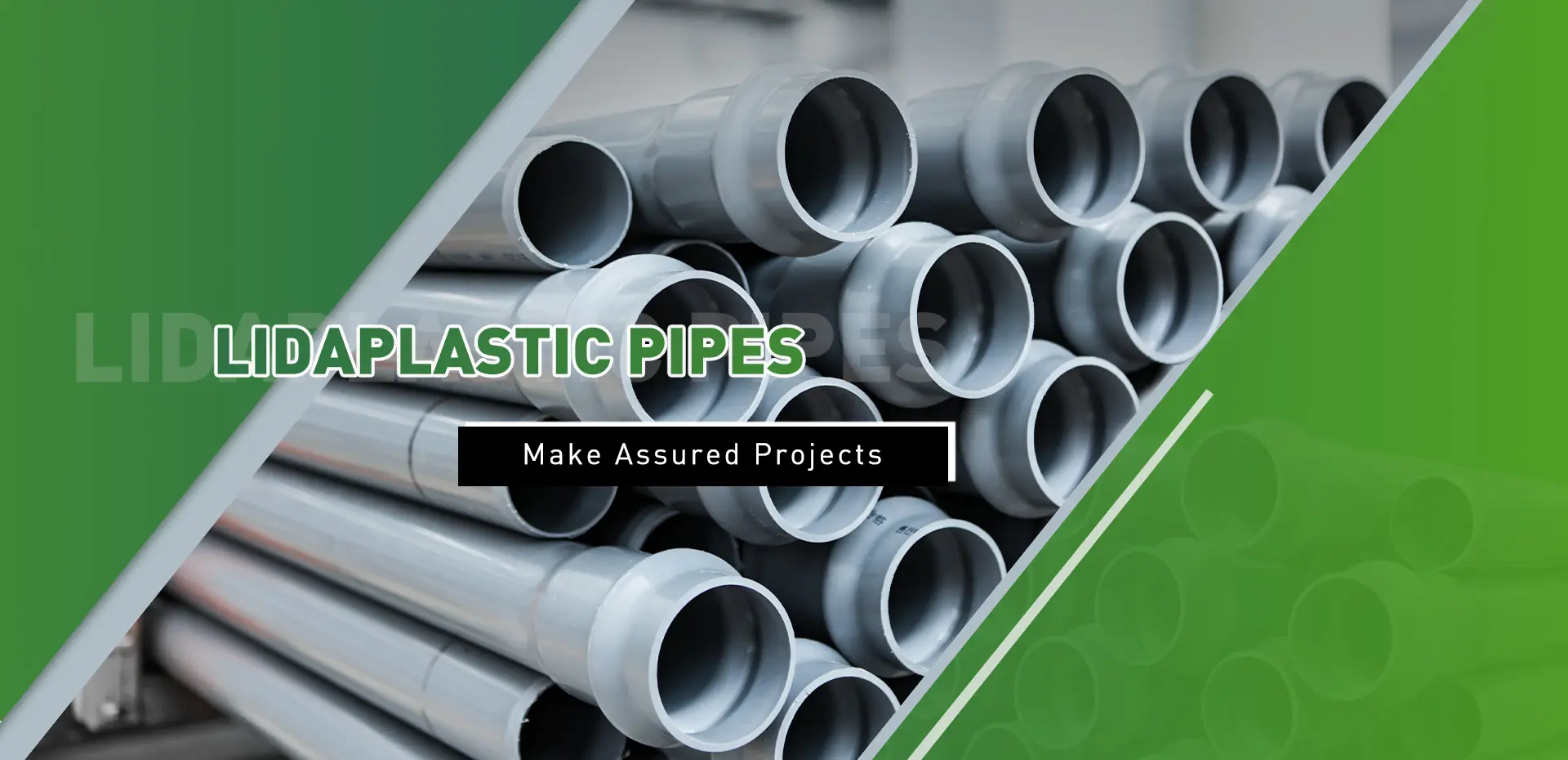Okt . 15, 2024 07:59 Back to list
HDPE Sprinkler Pipe Fittings for Efficient Irrigation System Installation and Maintenance
Understanding HDPE Sprinkler Pipe Fittings An Essential Component for Effective Irrigation
Irrigation is a critical aspect of agriculture and landscaping, ensuring that plants receive adequate water for growth and sustainability. Among the various irrigation systems available, High-Density Polyethylene (HDPE) sprinkler systems have emerged as a popular choice due to their durability, flexibility, and cost-effectiveness. At the heart of these systems lie HDPE sprinkler pipe fittings, which play a crucial role in the efficiency and performance of the entire irrigation system.
What is HDPE?
High-Density Polyethylene (HDPE) is a thermoplastic polymer made from petroleum. It is known for its high strength-to-density ratio, making it not only lightweight but also robust and resistant to various environmental factors. This resistance includes UV radiation, corrosion, and various chemicals, which are particularly important in agricultural applications. HDPE is also less likely to become brittle over time compared to traditional materials like PVC or metal, ensuring a longer lifespan for irrigation systems.
Importance of Sprinkler Pipe Fittings
Sprinkler pipe fittings are essential connectors that join different sections of pipes, allowing for a complete irrigation network. These fittings come in various types and sizes, tailored to meet the needs of specific irrigation designs. Here are some key reasons why HDPE sprinkler pipe fittings are indispensable
1. Connection Versatility HDPE fittings are available in a variety of shapes, including elbows, tees, crosses, reducers, and couplings. This versatility allows for intricate and complicated layouts in irrigation systems, accommodating various terrains and garden designs.
2. Leak Prevention The tight seal created by HDPE fittings minimizes the risk of leaks, which can waste precious water resources and negatively affect plant health. Properly installed fittings ensure that water is delivered precisely where it is needed.
3. Ease of Installation HDPE fittings are often designed for simple installation, which can make setting up and modifying sprinkler systems a straightforward process. Many HDPE fittings can be fused together, allowing for a seamless connection that improves the overall integrity of the system.
4. Cost-Effectiveness Although the initial investment in HDPE materials may be slightly higher than traditional options, the long-term savings are significant. The durability and low maintenance needs of HDPE fittings translate to fewer replacement costs and less downtime for repairs.
hdpe sprinkler pipe fittings

5. Environmental Impact As awareness of environmental sustainability grows, many professionals in agriculture are seeking eco-friendly solutions. HDPE is recyclable, reducing the environmental footprint compared to materials that contribute to landfill waste.
Choosing the Right HDPE Fittings
When selecting HDPE sprinkler pipe fittings, several factors should be considered to ensure optimal performance
- Diameter Compatibility It is essential to choose fittings that are compatible with the diameter of the pipes being used. Mismatched sizes can lead to inefficiencies and potential breakdowns in the system.
- Pressure Rating Different applications will have varying pressure requirements. Selecting fittings that can withstand the specific pressure dynamics of your irrigation system is crucial for avoiding leaks and failures.
- Type of Application Choose fittings based on the specific needs of your project, whether for residential gardens, commercial landscapes, or agricultural fields. Each application may have unique requirements, necessitating different types of fittings.
- Quality and Standards Ensure that the HDPE fittings meet industry standards for quality and durability. Using certified products can prevent future complications in your irrigation system.
Conclusion
HDPE sprinkler pipe fittings are a vital component of an effective irrigation system, driving efficiency, reducing waste, and ensuring that water is delivered to plants as intended. Their durability and resistance to environmental factors make them a preferred choice for both large-scale agricultural applications and smaller residential setups. By understanding the importance of these fittings and choosing the right products, irrigation professionals and home gardeners alike can create sustainable and efficient watering systems that promote healthy plant growth while conserving valuable water resources. As agriculture and landscaping continue to evolve, investing in high-quality HDPE fittings will pave the way for more resilient and effective irrigation solutions.
-
PVC Transparent Sheet Roll - Durable & Flexible PVC Plastic Sheet Roll for Industrial & Home Use
NewsJun.24,2025
-
High-Quality PVC PPR Pipes and Fittings Durable ERA PPR Solutions
NewsJun.10,2025
-
High-Quality Large HDPE Sheets & Large Diameter PVC Pipe Durable Large PVC Pipe Supplier
NewsJun.10,2025
-
High Density Polyethylene Cutting Board - Durable & Food Safe
NewsJun.09,2025
-
3 Inch PVC Pipe for Durable Irrigation Affordable & Reliable
NewsJun.09,2025
-
Premium PPR Plastic Water Pipe Fittings - Durable & Leak-Free
NewsJun.09,2025

